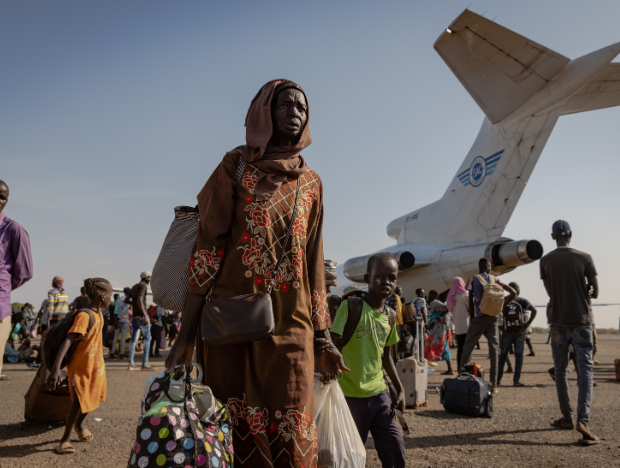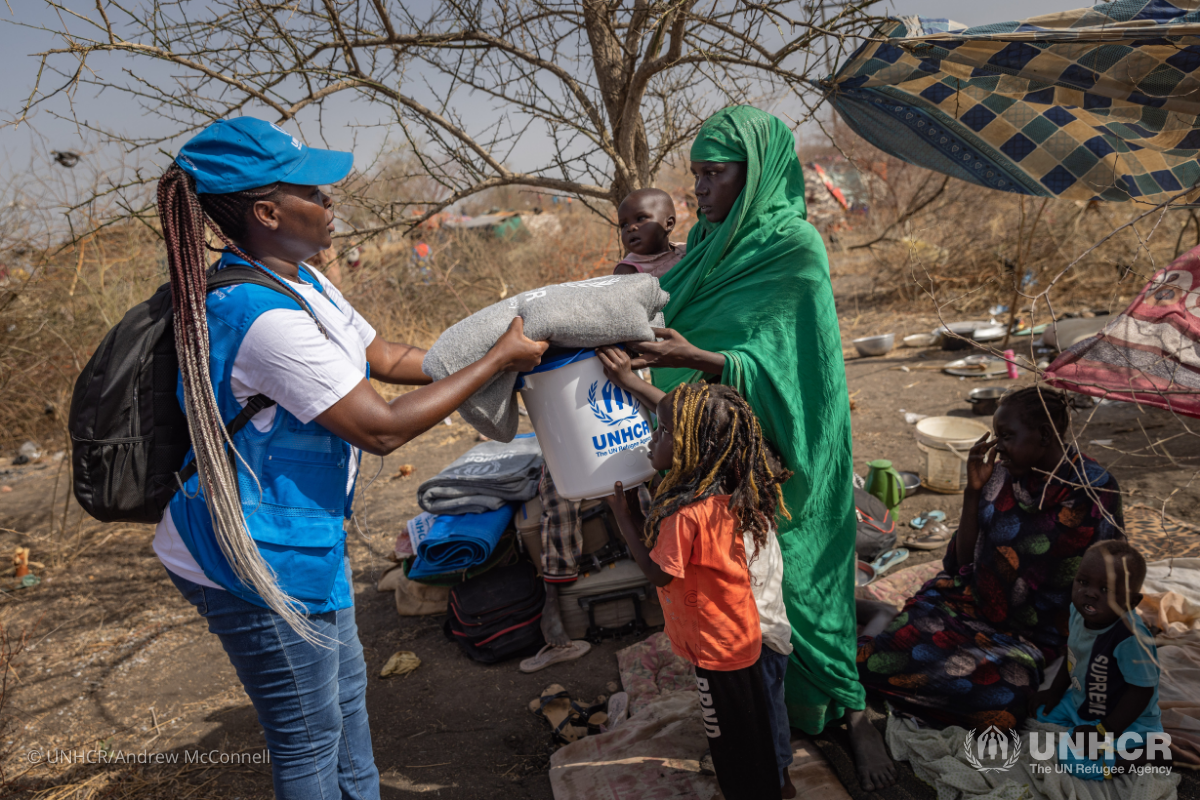68.5 million people have been forced to flee their homes. Who are they?
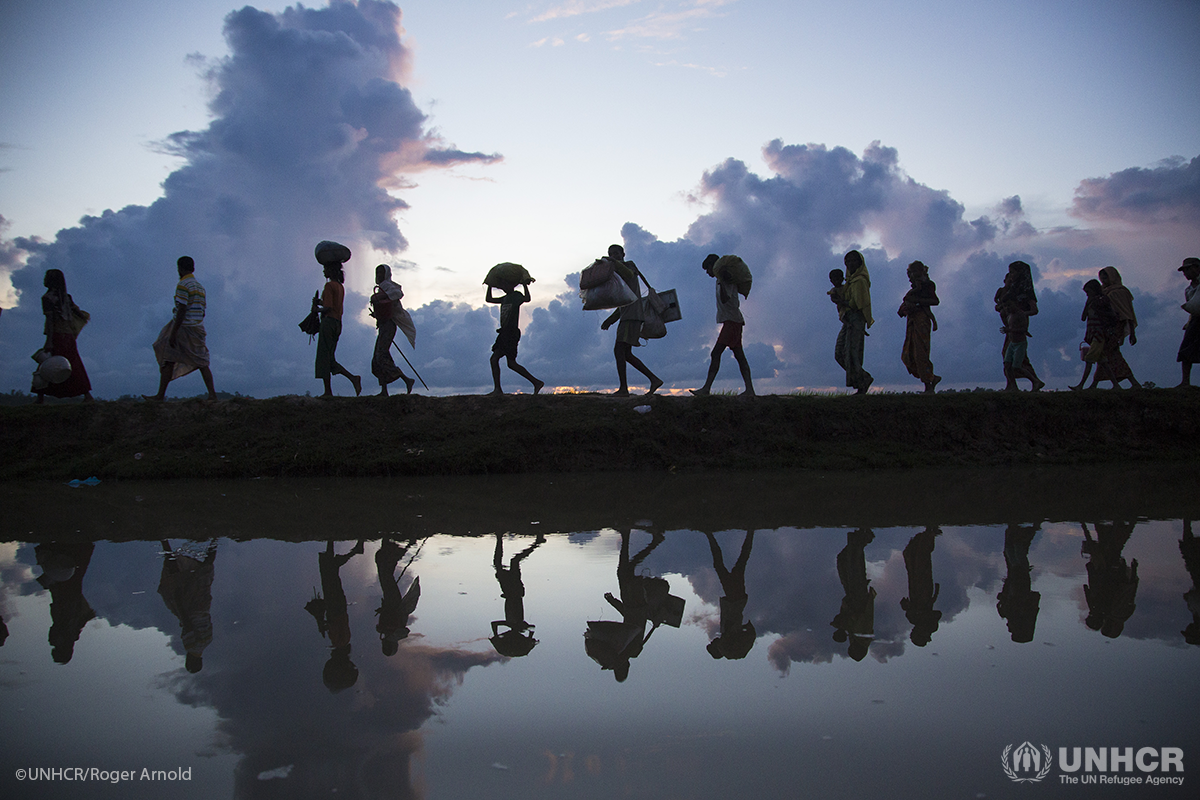
For the fifth consecutive year, war, violence, human rights abuses and persecution have pushed the number of refugees and other forcibly displaced people to a new high. Nearly three million more people fled their countries in 2017 compared to 2016 — the greatest one-year increase ever seen.
Who are they? Where are refugees fleeing from? Which countries are hosting them? And how can caring Americans help?
More than half of all refugees are women and children.
When forced to flee, women and children — including 138,700 unaccompanied and separated girls and boys — are among the most vulnerable to sexual and gender-based violence. In addition to providing counseling and legal services, donor support enables UNHCR, the UN Refugee Agency, to develop innovative solutions to keep them safe.
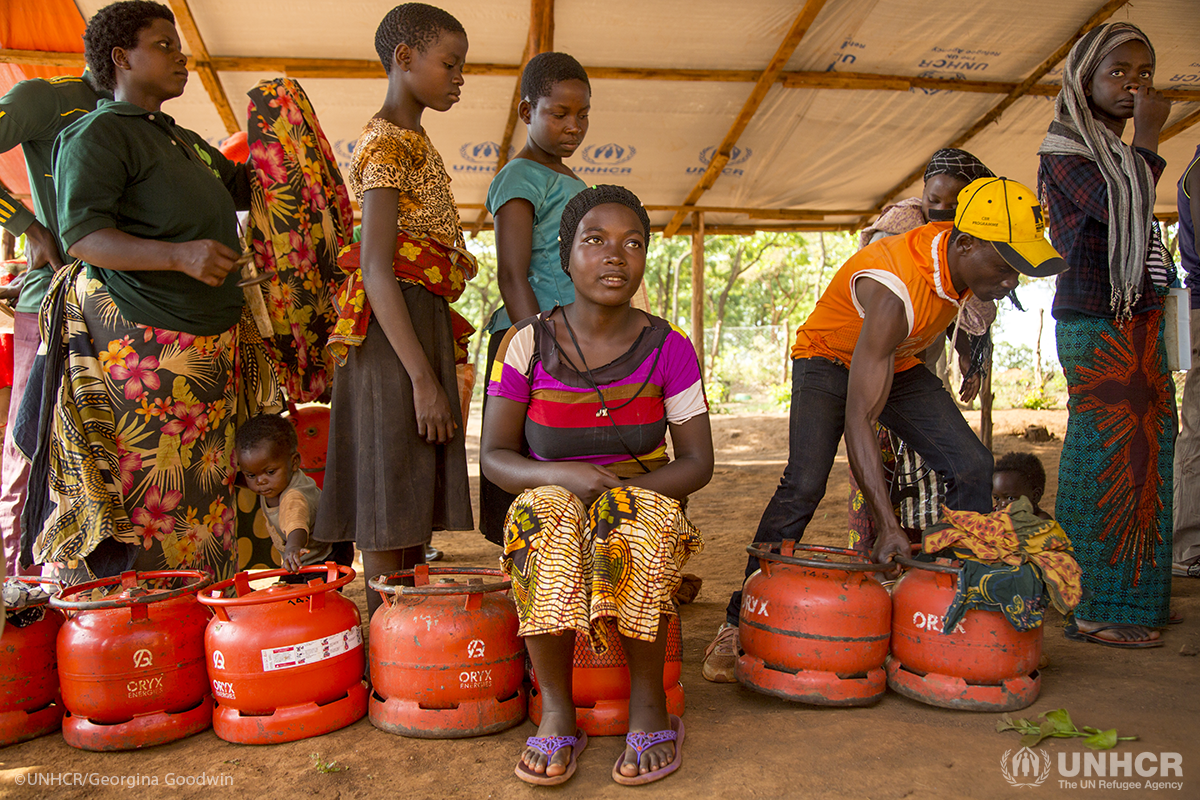
In camps in Tanzania, many Burundian refugee woman and girls have been sexually assaulted while walking for miles to collect firewood for cooking and fuel. The task also keeps students like Frida Nehebauwayo, 17, from attending school. UNHCR’s liquified petroleum project (LPG) keeps refugees safe while providing a more sustainable fuel source. Each LPG kit includes a full fuel cylinder, which can be refilled at nearby stations, a burner and an igniter. As a result, the number of women and girls collecting firewood fell from 92 percent to 30 percent. For Frida, the project has freed up valuable time to pursue her education: “I used to collect firewood from six in the morning and was always late for school. Now, I go to school on time.”
"I used to collect firewood from six in the morning
and was always late for school. Now, I go to school on time."
Where are refugees fleeing from?
Eighty-five percent of refugees flee from low and middle-income countries. In 2017, more than half of the world’s refugees came from Syria, Afghanistan and South Sudan. Bangladesh kept its borders open to nearly 720,000 Rohingya — a historically persecuted religious minority — fleeing violence in Myanmar.
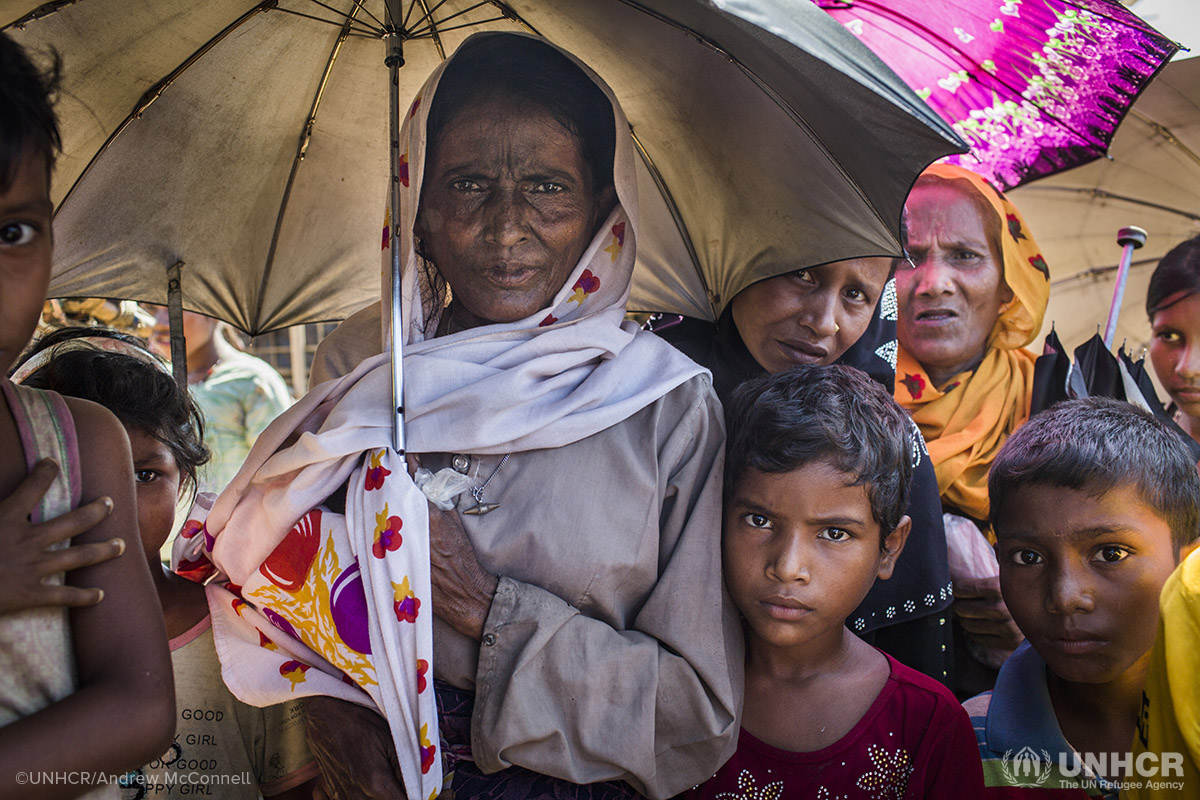
Rohingya refugee Marjan, 60, reached safety in Bangladesh after fleeing violence in Myanmar in September 2017. She and her family now live in Kutupalong — one of the world’s most densely populated refugee camps — where UNHCR is providing food, water and other humanitarian aid.
"They were killing us, burning our homes. We were so scared, most of the village started running. We moved to a neighboring village but they came again. Here we get help, I feel much better now. I don't know what the future will bring for us, we just want to be safe."
"Here we get help, I feel much better now.
I don't know what the future will bring for us, we just want to be safe."
Which countries are hosting refugees?
Turkey, Pakistan and Uganda host 31 percent of the world’s refugees. The highest concentration of refugees is in Lebanon, where one in six people is a refugee, primarily from Syria. Many host communities are dealing with their own protracted social, political and economic challenges, which makes USA for UNHCR donor support crucial to helping refugees as well as the people who take them in.
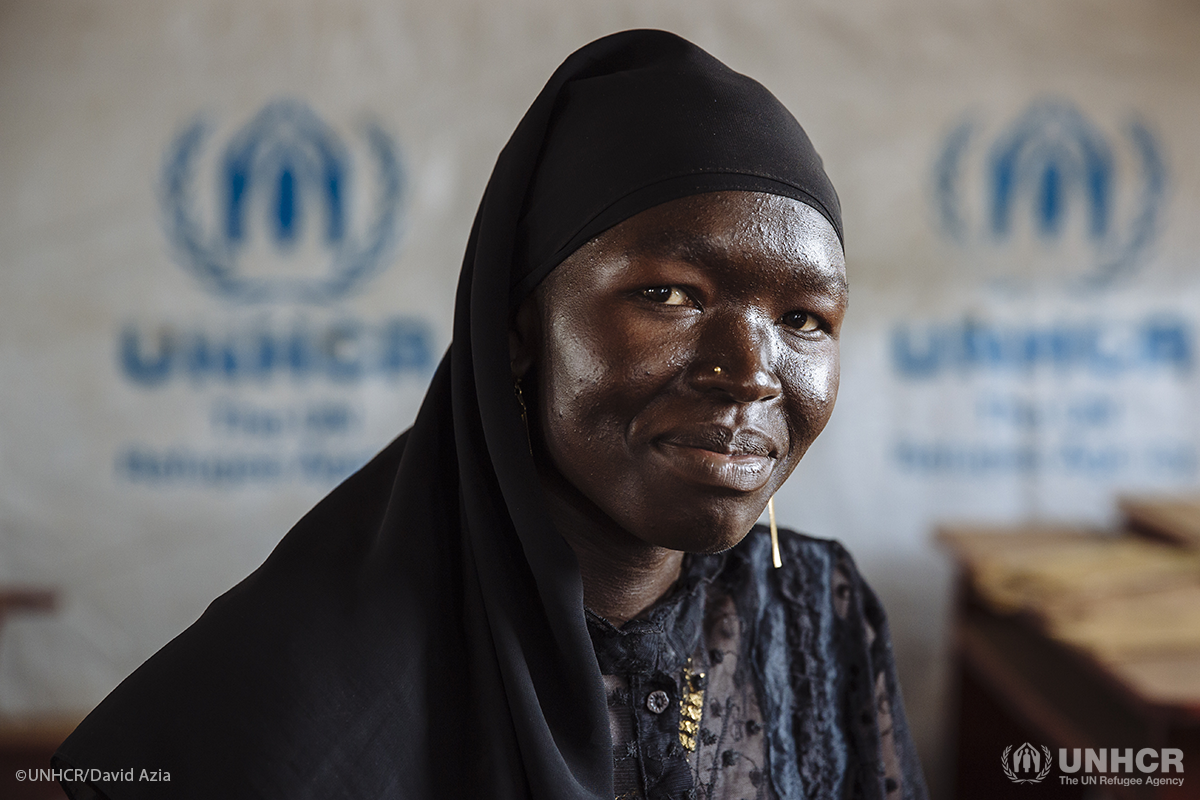
Bako is a refugee teacher at the Ofonze Primary School in the Bidibidi settlement in Uganda, where 1.5 million South Sudanese refugees have fled. A UNHCR-supported program provides school supplies for her students. The program also trains primary school teachers, advances infrastructure improvements and supports Uganda’s efforts to include refugees and other forcibly displaced children in national education planning. “I like teaching refugee children who need teachers who can understand their situation best and provide them with the special care they need,” says Bako.
How can caring Americans help?
Every 2 seconds, someone — a mom or dad, a child, a brother or sister — is forced to flee their home. The best way to provide both the emergency aid and long-term support that refugees need is to become USA for UNHCR’s newest monthly donor. Make your first gift today—and help rebuild lives.
